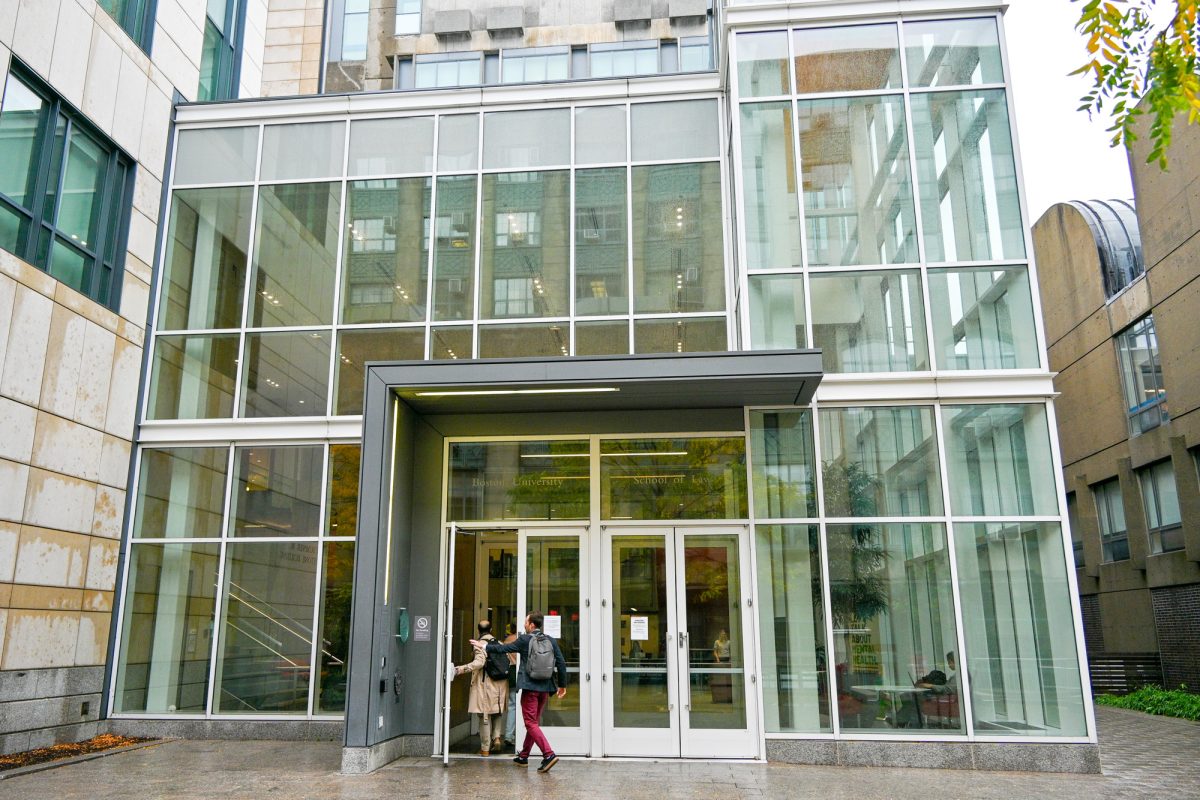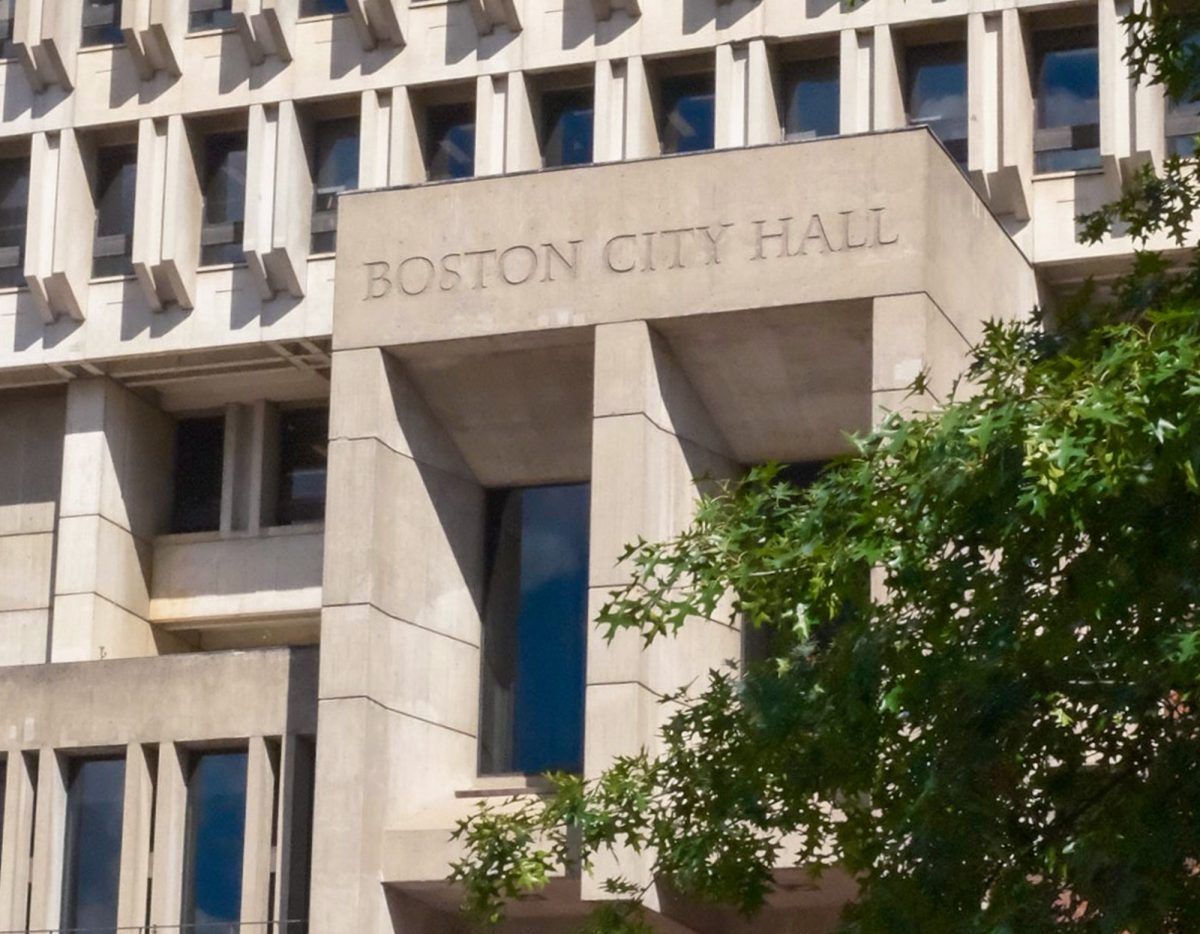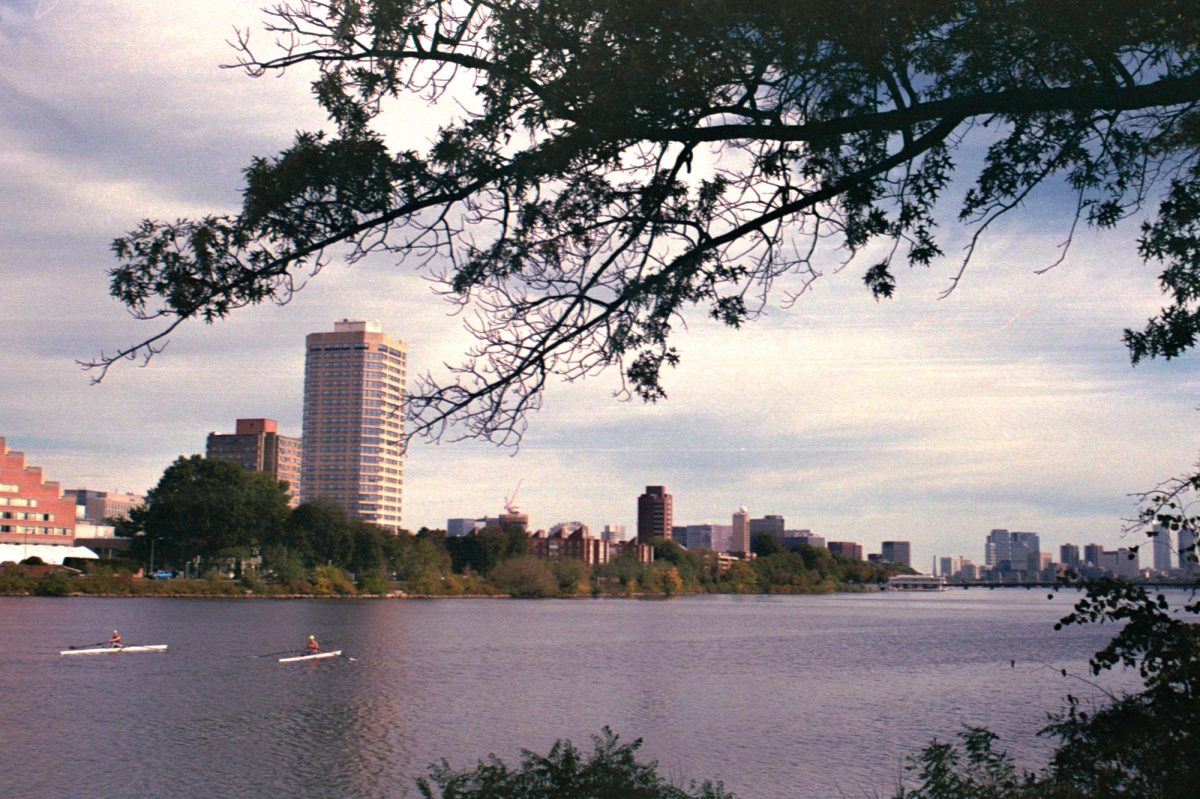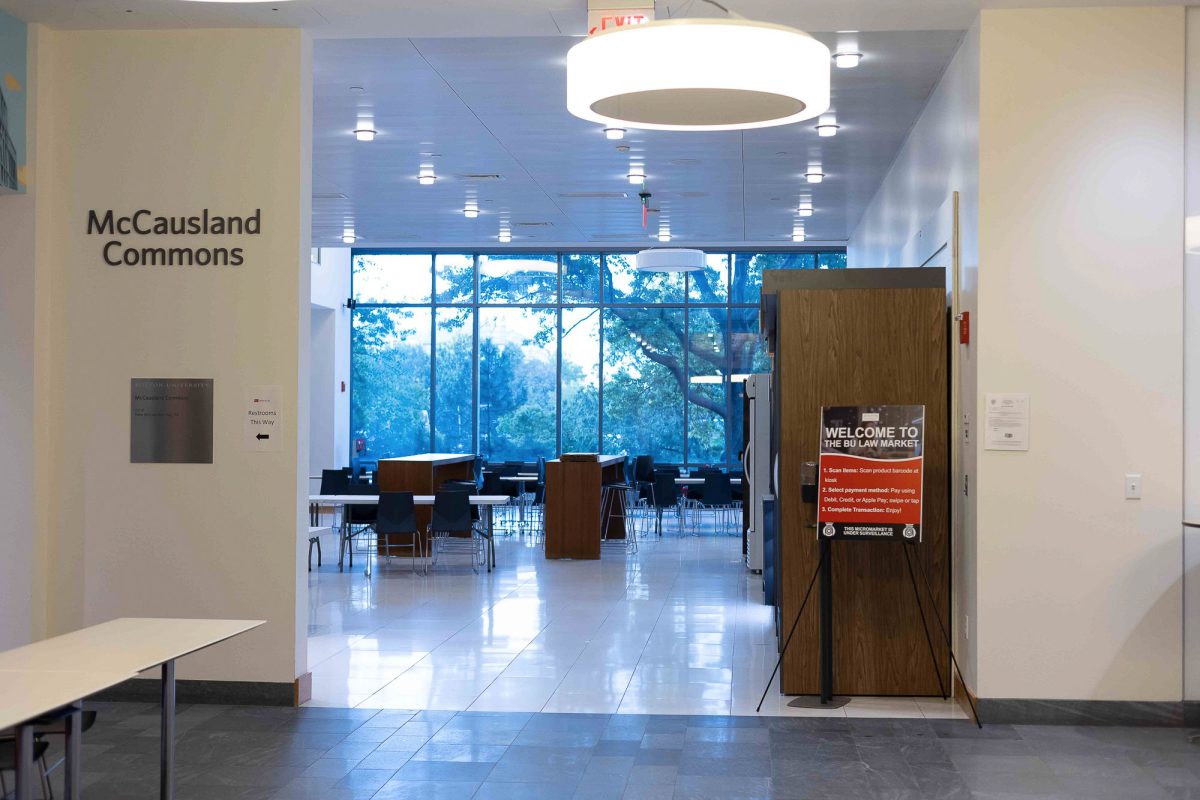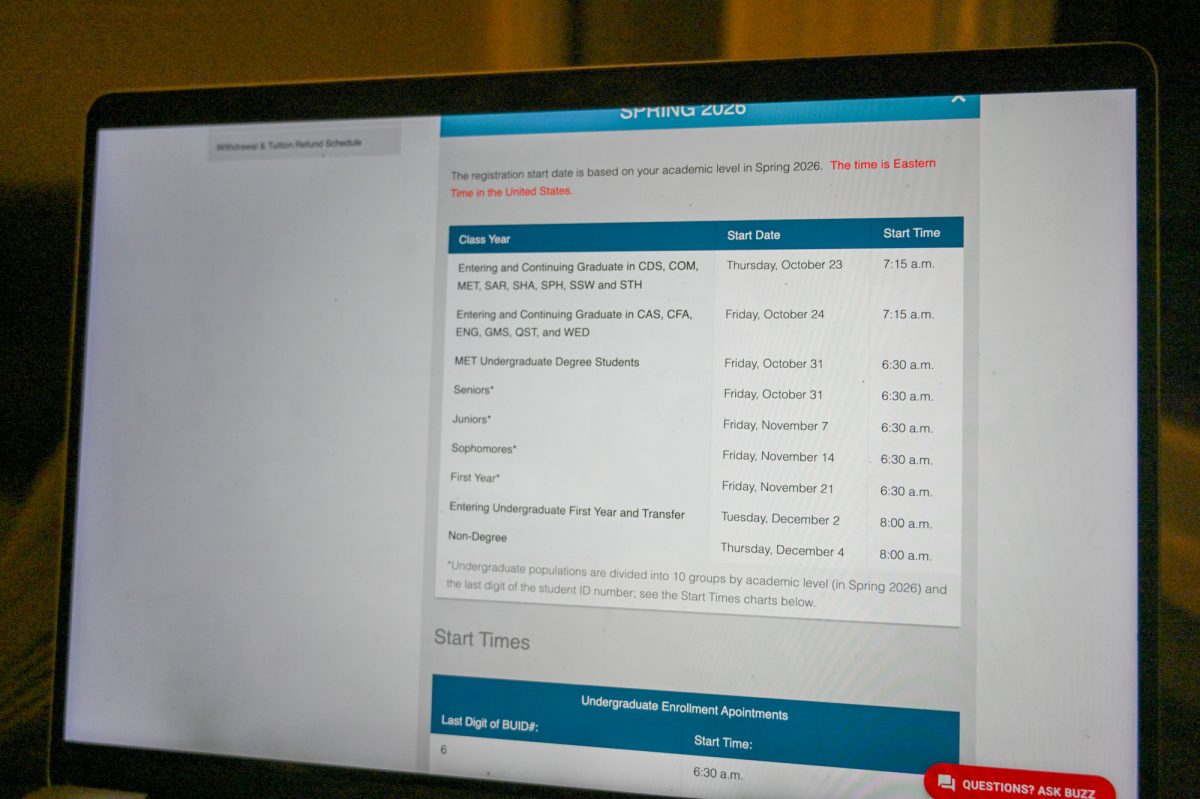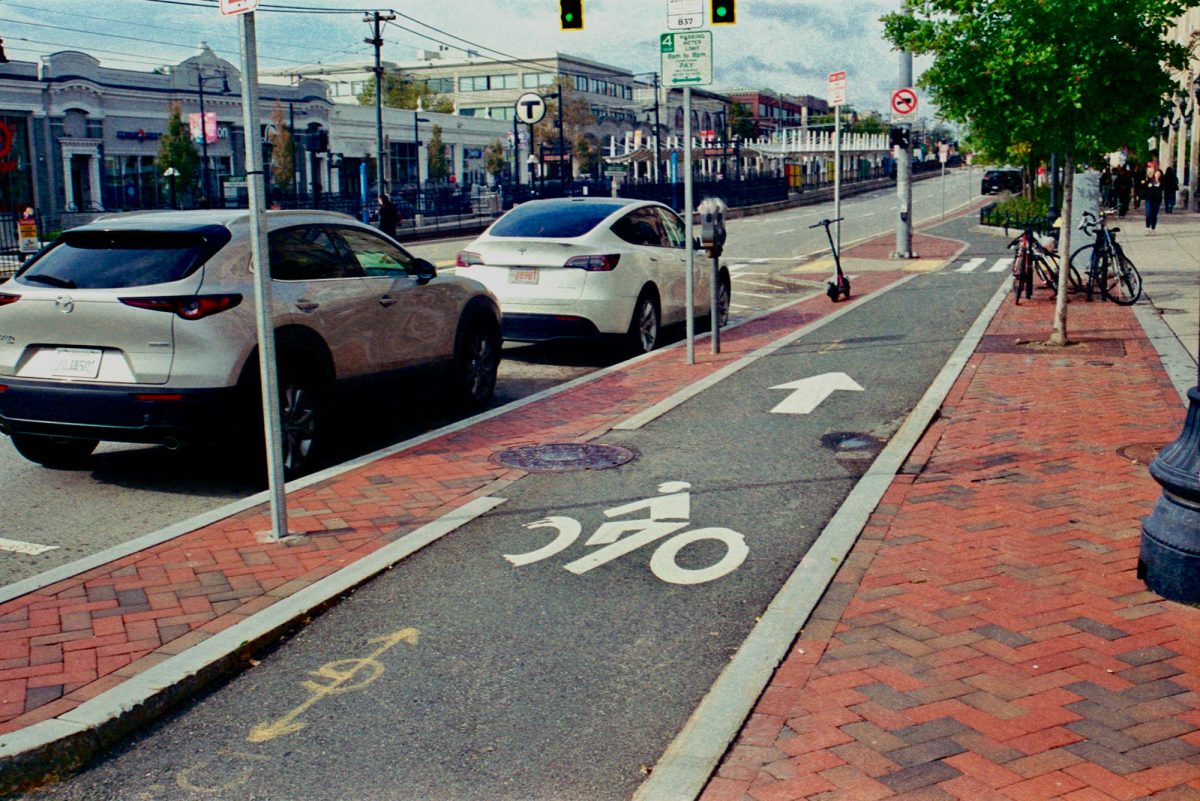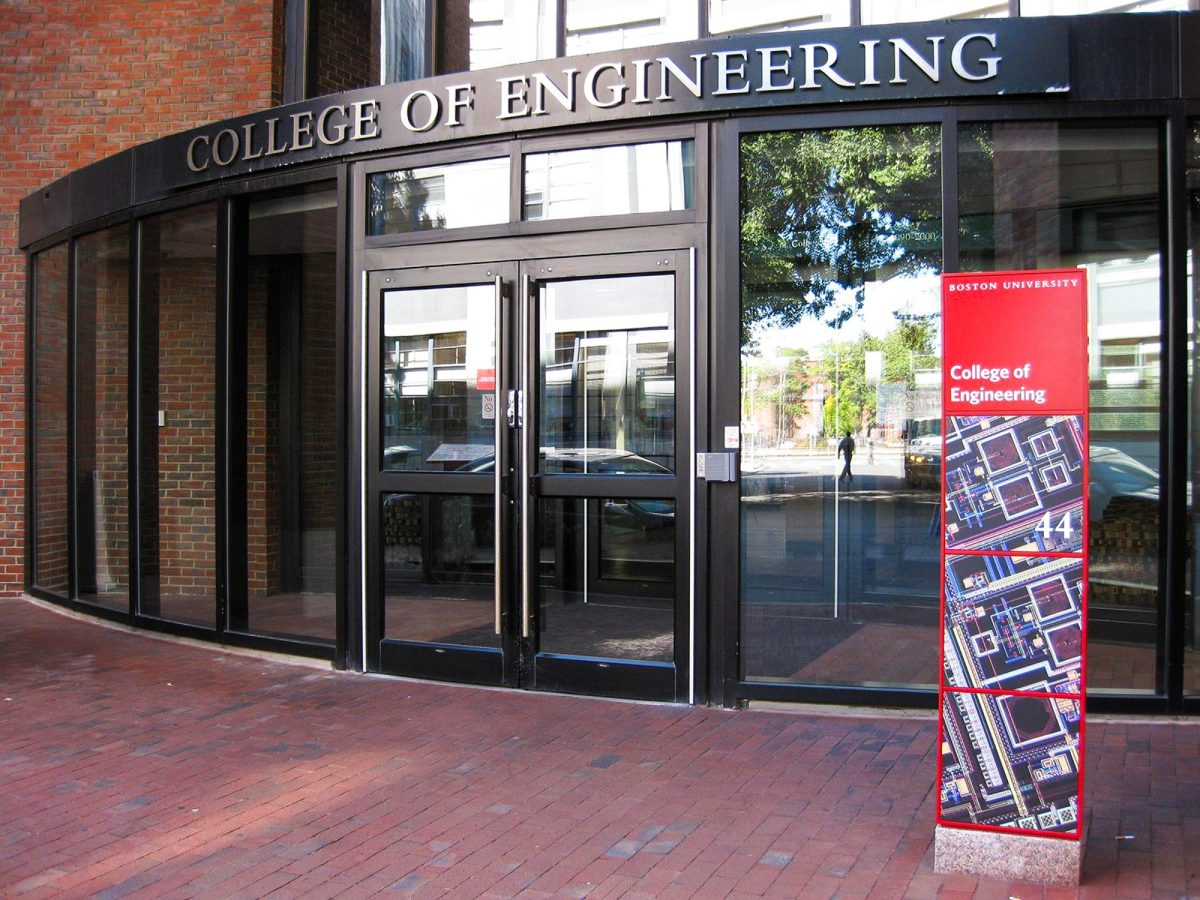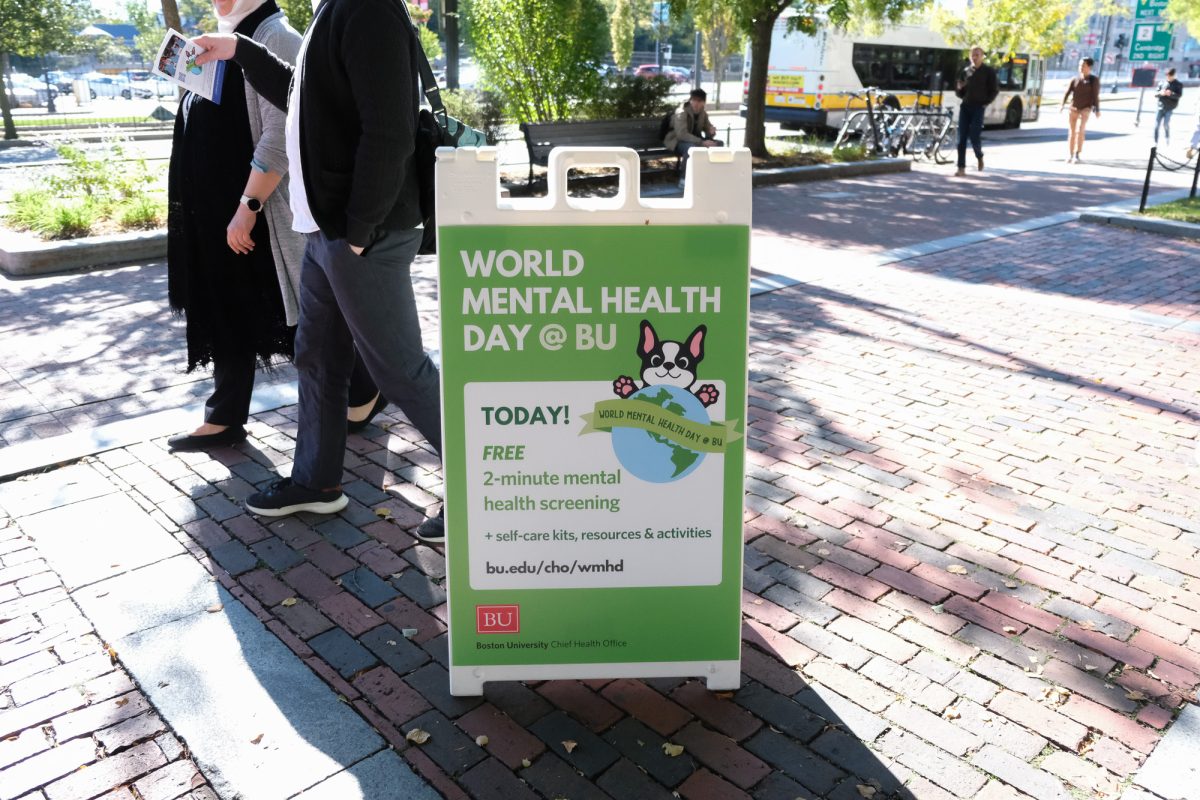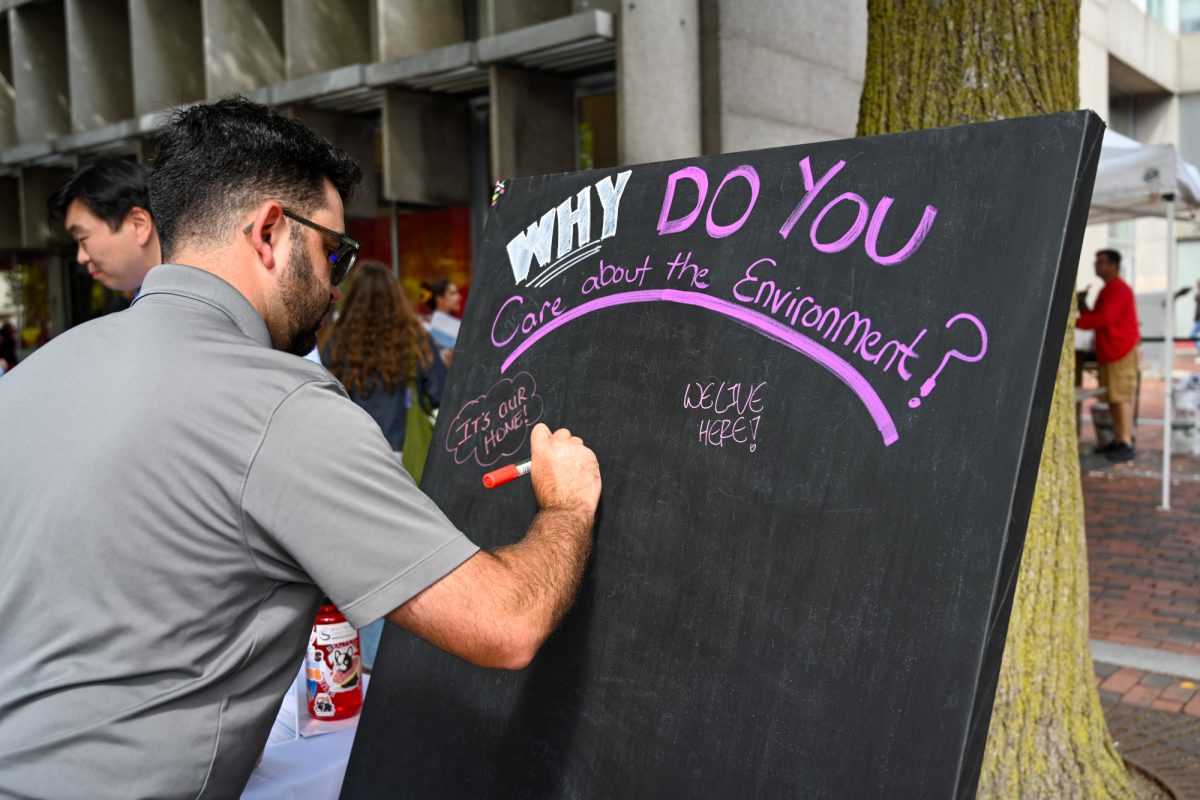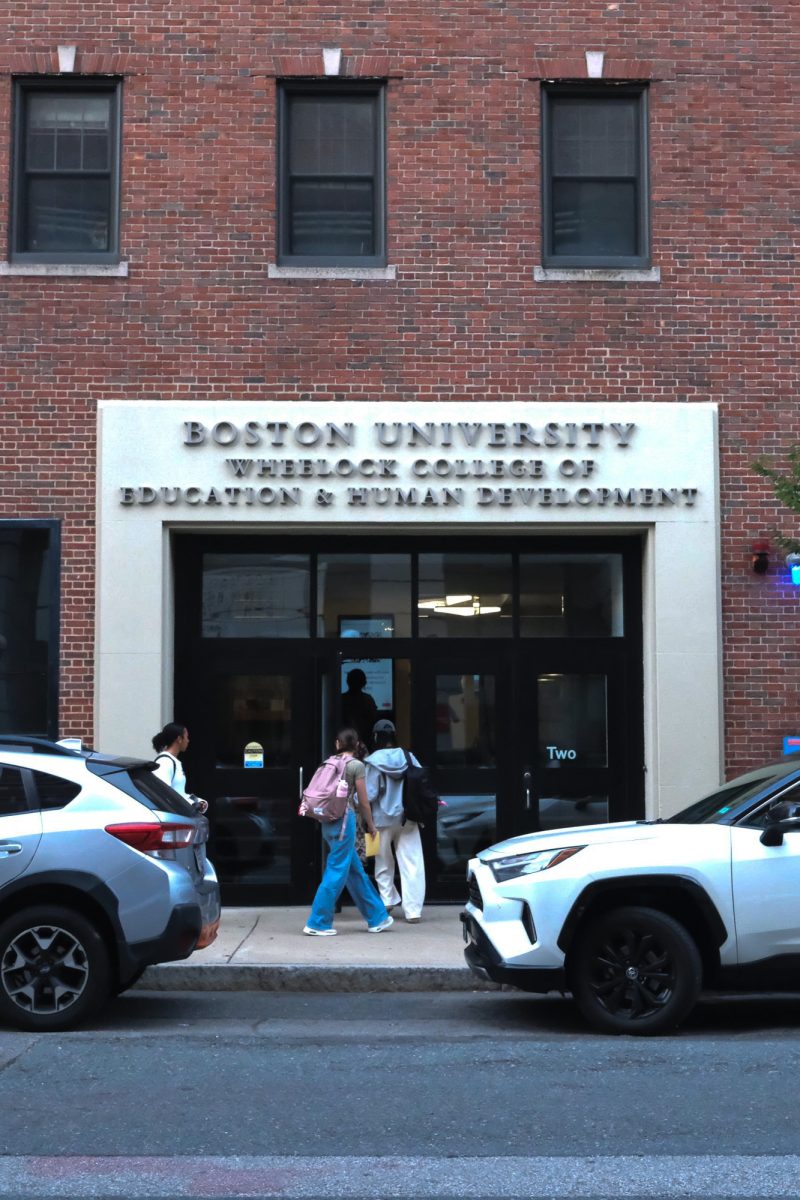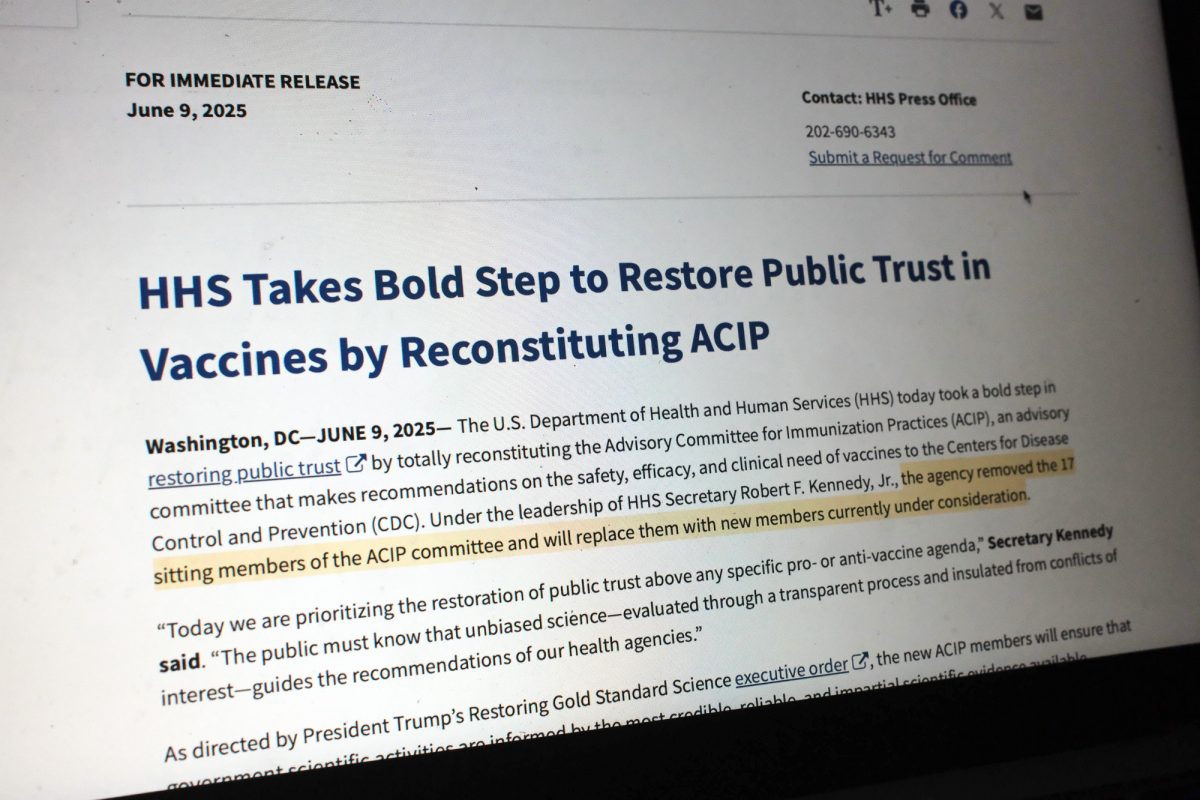Amidst a period of frequent natural disasters, an ever-brightening light shines on climate change, a major contributor to these worsening environmental conditions. However, climate change has another weapon in its arsenal, which may have a devastating impact on coastal cities like Boston in the near future — rising sea levels.
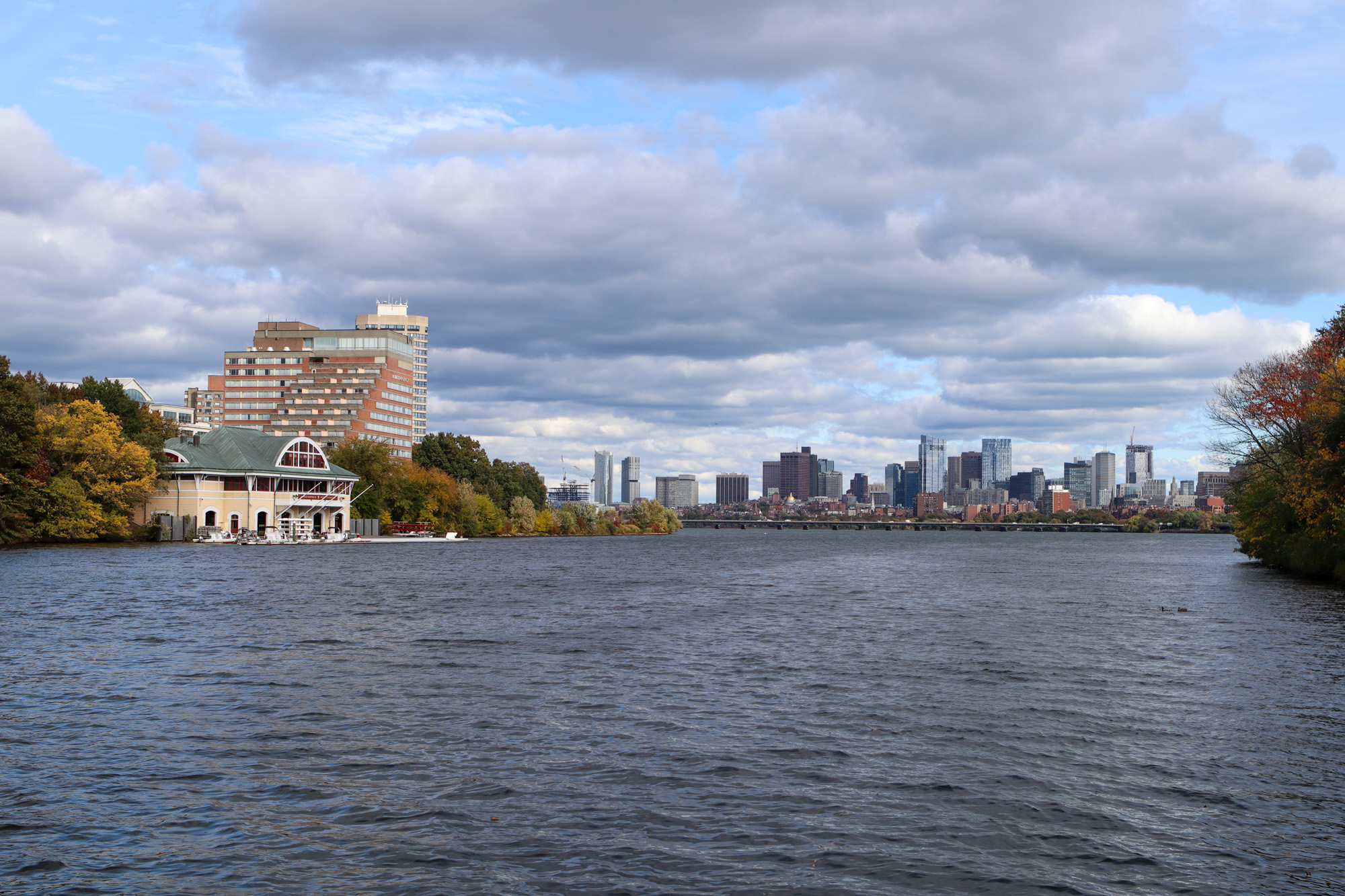
Boston is expecting 40 inches of sea level rise between the start of this century and the start of the next, said Chris Osgood, director of the Office of Climate Resilience.
“We are a city that … experience[s] coastal flooding,” Osgood said. “So there is a need and a huge focus from the city administration to be able to address the risk of coastal flooding due to the sea level rises.”
But sea levels have already begun to rise. On Jan. 13, high tide in Boston Harbor reached 14.4 feet, the fourth-highest level ever recorded in the city, as reported by GBH News.
Drawing inspiration from New Bedford’s hurricane protection barrier, the City proposed in 2018 the construction of a 175-mile-long vertical seawall along the coastline.
But there are many reasons as to why this barrier would not have worked, said Alex Berkowitz, founder and CEO of Coastal Protections Solutions Inc., a company that specializes in coastal flood mitigation technology.
“The problem with [the seawall] was that it was extremely costly,” she said. “Another problem is that it would take a really long time to build. We’re talking about probably a decade.”
The problem with seawalls is that environmental conditions are constantly declining due to climate change, causing sea levels to rise continuously, Berkowitz said. Therefore, certain seawalls may not have been built high enough to accommodate for these changes, essentially making them useless as years progress.
After scrapping the plan that same year, the government decided to arrange a new plan consisting of three key strategies, Osgood said.
The first strategy, led by the Office of Emergency Management, aims to tackle problems raised by storms that may impact the city, Osgood said. Mayor Michelle Wu has staffed this department to ensure Boston’s residents and institutions are well-prepared for any coastal flooding events, he said.
This strategy brought about the city’s first annual Deployables Day, a citywide training exercise on temporary flood protection, which was held on Sept. 27.
The second strategy aims to transform the coastline by renovating public spaces with climate-resilient infrastructure, such as additional seawalls, upgraded stormwater drainage systems, elevated walkways and parking lots designed to retain stormwater.
“This is based upon about 10 years worth of incredibly data-informed and community-driven planning efforts, an effort called Climate Ready Boston,” Osgood said.
The City has already completed some of those projects in places that are at high risk of flooding, like parks in Dorchester, the North End and Fort Point Channel, he said.
The third strategy is a set of longer-term missions, set to take effect in the 2030s, to collaborate with the Army Corps in order to protect Boston neighborhoods from coastal flooding.
“The three different strategies, all happening at the same time, focus on slightly different time horizons and [are] all built upon a foundation of the extensive set of Climate Ready Boston plans,” Osgood said.
However, some Boston residents are still worried that the city will not be able to mitigate these issues enough for it to still be able to thrive.
Cori Lutz, a junior at Massachusetts College of Art and Design, said she has been concerned about the Earth’s rising sea levels since high school.
“[Boston] is like the hub for so many people [and] businesses,” said Lutz. “[Coastal flooding] would just change everything in the way people live in this place.”
Another Boston resident, Gregory Slowik, a professor of music at Simmons University, said he thinks the effects of sea level rise could be “devastating.”
“If the sea level comes up even three, four feet, there’s going to be a lot that’s negatively affected with flooding and roadways and the whole bit,” he said. “You look at the Cape, it’s the same thing. Certain streets in Falmouth [are] just going to be gone.”
Other Boston residents are optimistic about the future of the city despite these challenges.
Maximilien Baas-Thomas, director of strategy and operations at the biotech company Envoya, said Boston will be able to thrive despite rising sea levels.
“I think we’ll always be able to find at least temporary solutions,” Baas-Thomas said. “Even if it’s very costly, we’ll still find ways.”

